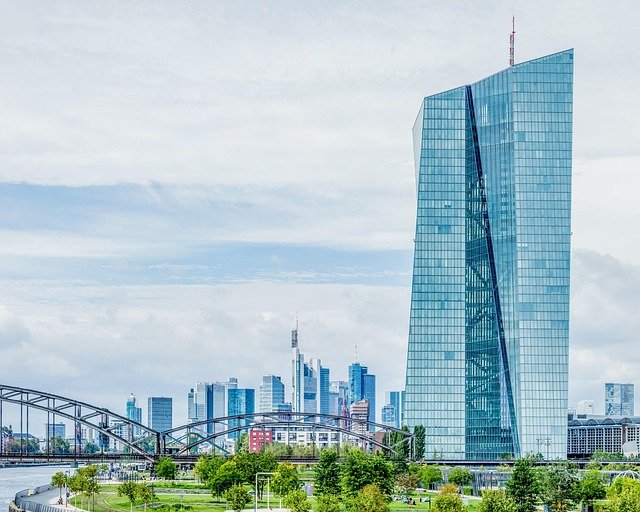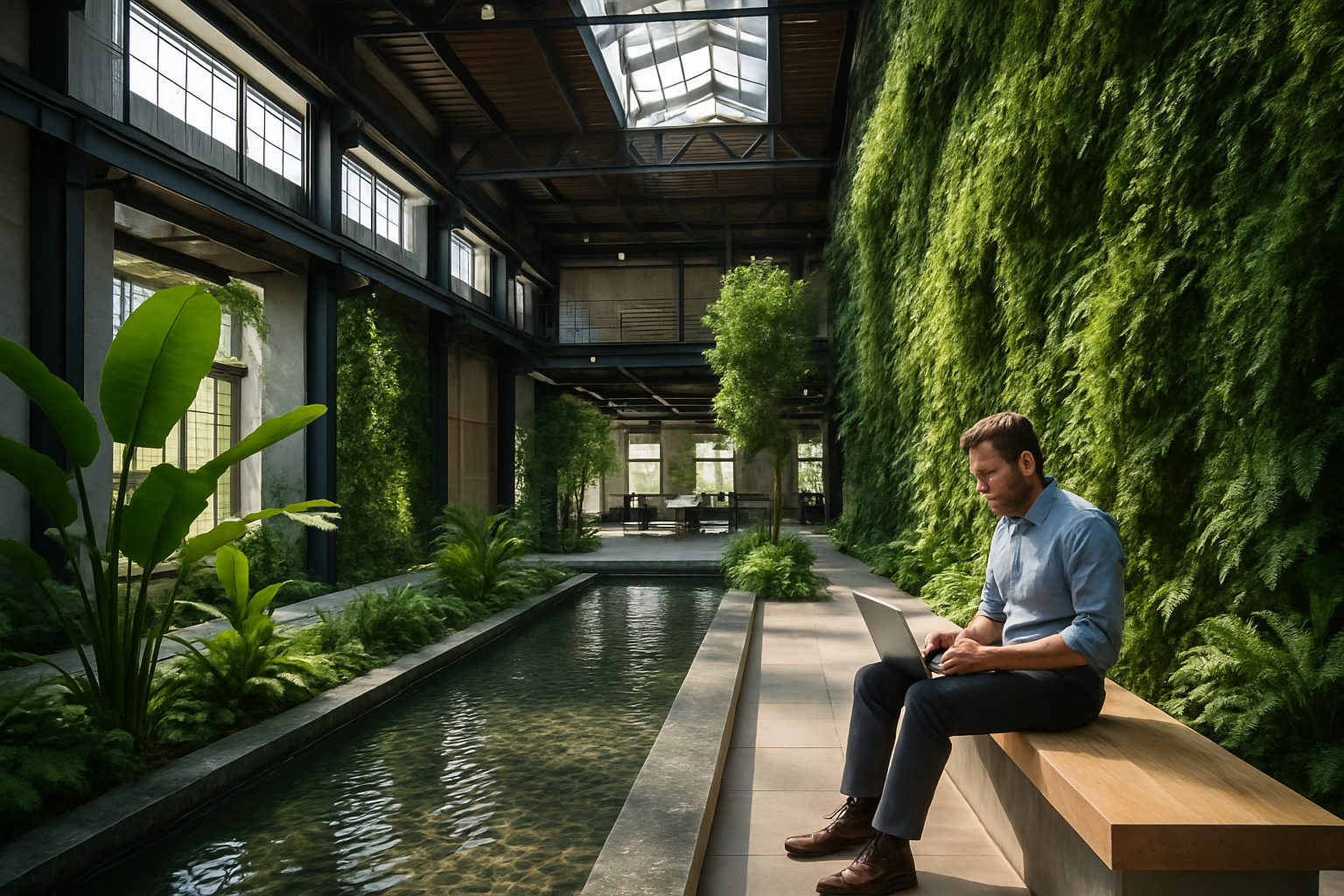Exploring the World of Vertical Tourism: A New Height in Travel
Vertical tourism, a burgeoning trend in the travel industry, is taking adventurers to new heights—literally. This innovative approach to exploration focuses on ascending man-made structures, natural formations, and even underground caverns, offering a fresh perspective on destinations worldwide. As travelers seek increasingly unique experiences, vertical tourism provides an exhilarating way to discover familiar landmarks and hidden gems alike.

The concept has gained traction in recent years, driven by a desire for authentic, immersive travel experiences. As social media platforms flood with images of picturesque landscapes and bustling city streets, travelers are increasingly seeking ways to stand out and capture unique perspectives. Vertical tourism offers just that—a chance to see the world from angles few have witnessed before.
Urban Vertical Adventures
In cities around the globe, skyscrapers and architectural marvels are becoming playgrounds for vertical tourists. From the EdgeWalk at Toronto’s CN Tower to the Sydney Harbour Bridge Climb, urban centers are capitalizing on their vertical assets to offer thrilling experiences for visitors.
One of the most notable examples is the Shanghai Tower, which opened its ‘Top of Shanghai Observatory’ in 2016. Located on the 118th floor, it’s the world’s highest observation deck in a building, providing panoramic views of the sprawling metropolis below. Similarly, the Burj Khalifa in Dubai offers visitors the chance to ascend to its observation deck on the 148th floor, providing a bird’s-eye view of the desert city and beyond.
Natural Wonders and Vertical Thrills
While urban environments offer plenty of vertical tourism opportunities, natural landscapes are equally enticing for adventure seekers. The Via Ferrata routes in the Italian Dolomites, for instance, allow climbers of varying skill levels to scale dramatic cliff faces using fixed cables and ladders.
In the United States, the Grand Canyon Skywalk extends 70 feet beyond the canyon’s rim, offering visitors a vertigo-inducing view of the chasm below through its glass floor. Meanwhile, in China, the Zhangjiajie Glass Bridge spans a deep gorge in Hunan Province, providing heart-stopping views for those brave enough to cross.
Subterranean Exploration: Going Vertical in Reverse
Vertical tourism isn’t limited to upward journeys. Underground adventures are gaining popularity, offering a unique twist on the vertical travel experience. The Wieliczka Salt Mine in Poland, a UNESCO World Heritage site, allows visitors to descend into a labyrinth of tunnels and chambers carved out of salt, some reaching depths of over 1,000 feet.
In Mexico, the cenotes of the Yucatan Peninsula offer another form of vertical exploration. These natural sinkholes, some hundreds of feet deep, provide opportunities for swimming, diving, and cave exploration in crystal-clear waters surrounded by stunning rock formations.
The Impact on Local Communities and Environments
As vertical tourism gains momentum, it’s crucial to consider its impact on local communities and environments. While it can bring economic benefits to regions by attracting tourists and creating jobs, there are concerns about overcrowding at popular sites and potential damage to delicate ecosystems.
Responsible vertical tourism initiatives are emerging to address these issues. For example, the Vinicunca Rainbow Mountain in Peru has implemented strict visitor quotas and designated trails to protect the fragile landscape. Similarly, many urban vertical experiences incorporate educational components about local history, architecture, and conservation efforts.
Vertical Tourism: Tips for Aspiring Height-Seekers
• Always prioritize safety: Choose reputable operators and follow all guidelines and instructions.
• Prepare physically: Many vertical experiences require a certain level of fitness. Train accordingly before your trip.
• Pack appropriately: Comfortable footwear, weather-appropriate clothing, and sun protection are essential.
• Book in advance: Popular vertical attractions often sell out quickly, especially during peak seasons.
• Consider timing: Early morning or late afternoon visits can offer the best lighting for photography and smaller crowds.
• Respect local customs and environments: Be mindful of the impact of your visit and follow leave-no-trace principles.
A New Dimension in Travel
Vertical tourism represents an exciting frontier in the travel industry, offering unique perspectives and unforgettable experiences for those willing to ascend (or descend) to new heights. As this trend continues to evolve, it promises to reshape how we interact with both urban and natural landscapes, providing fresh ways to appreciate the world’s wonders from entirely new angles.





